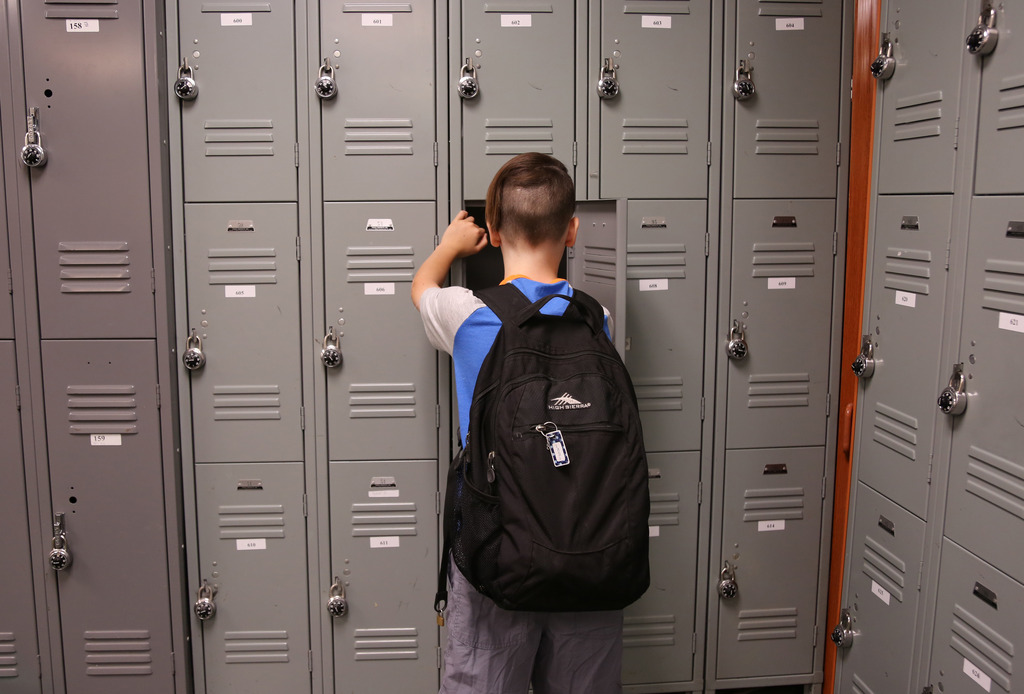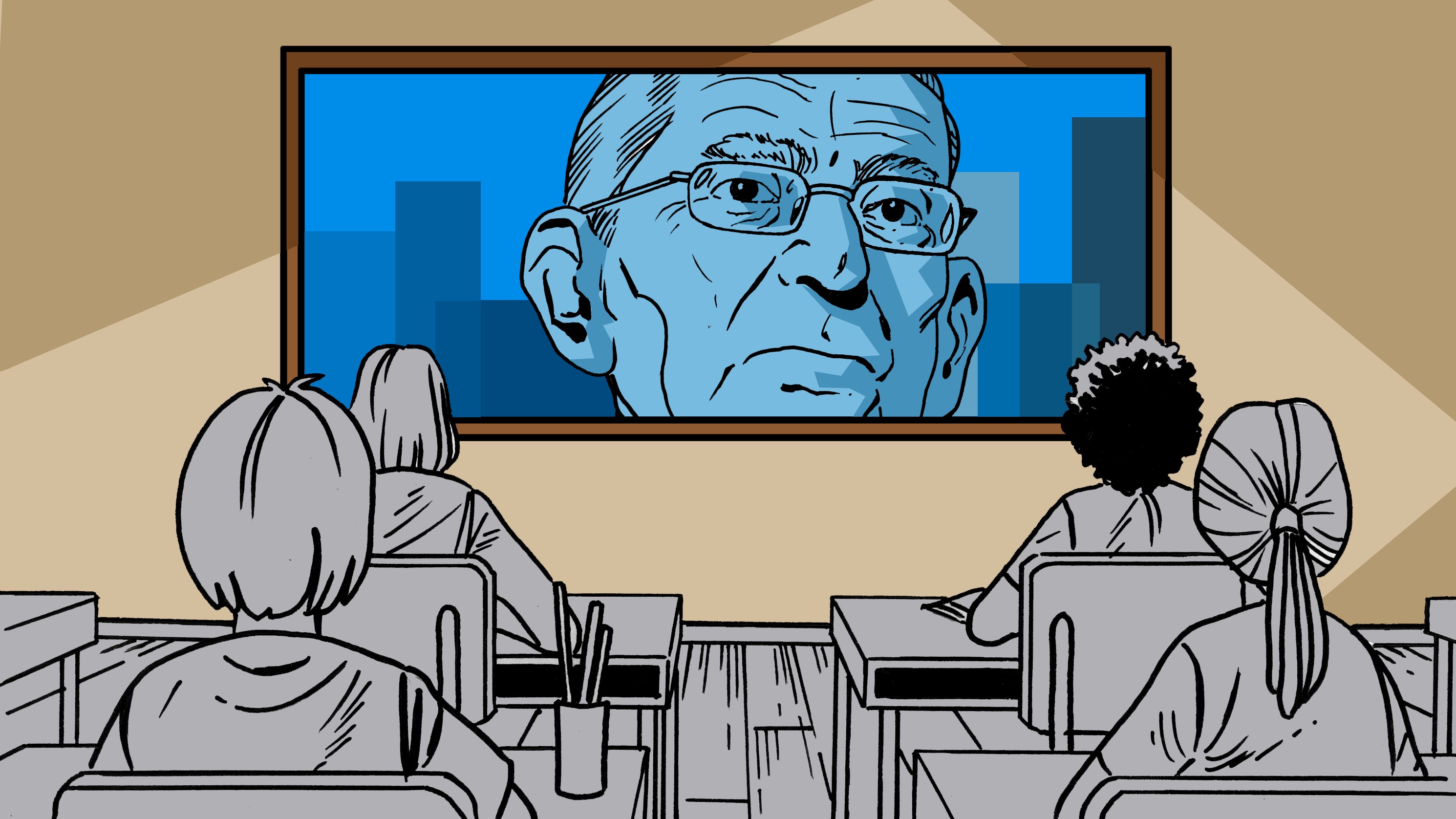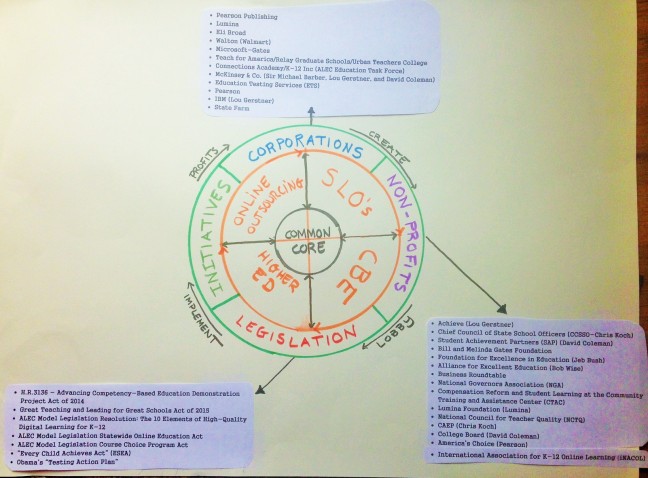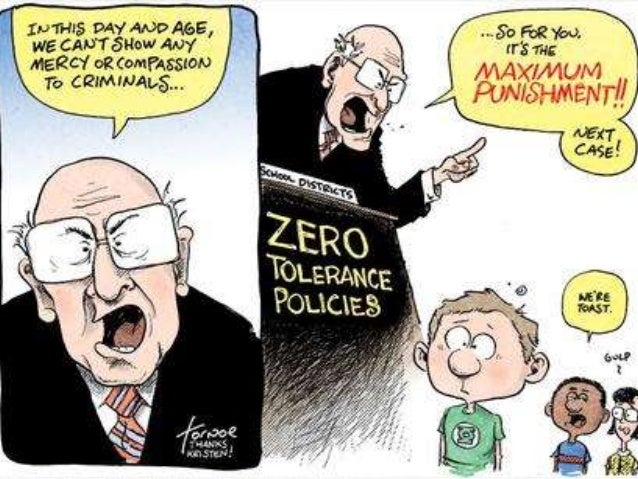The latest on the School to Prison Pipeline

The school-to-prison pipeline refers to the policies and practices that push school children, particularly low-socioeconomic and racial/ethnic minority youth, out of classrooms into the juvenile and criminal justice systems. Critically, school failure for these youth appears to be driven by inadequate and persistently low-performing schools, disproportionate disciplinary and school suspension practices, and the combination of zero-tolerance discipline policies and the increased prioritization of test scores as the measure of success in educational contexts.
This Society for Prevention Research symposium held in San Francisco on June 1, 2016 highlighted policy, practice, and programmatic efforts aimed at dismantling the link between schools and justice systems. Specifically, Nayna Gupta (ACLU, Northern California), Daniel Losen (UCLA Civil Rights Project) and Julian Vasquez Heilig (California State University Sacramento) outlined 1) the extent to which disproportionate school discipline policies have initiatives have led to exclusionary practices thus affecting youth of color in terms of denying access to an equitable education; 2) the impact of state and federal policy initiatives addressing this issue, 3) the extent to which police presence in urban schools (e.g., Oakland, Richmond) affect the school-to-prison pipeline, given the community context, and how the community has responded to this phenomenon; and 4) a discussion about a set of community-based solutions to address the school to prison pipeline.
I discussed a about a set of community-based solutions including School-based Youth Courts, better data and restorative justice practices in The latest on the School to Prison Pipeline – Cloaking Inequity:


















